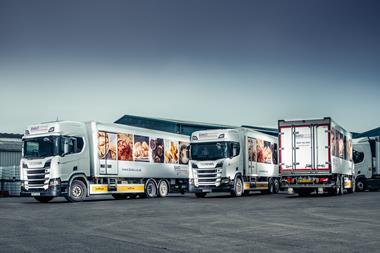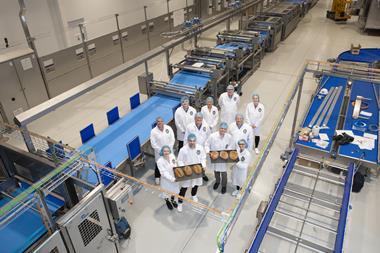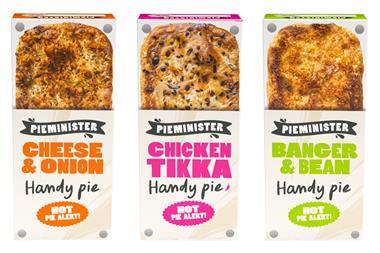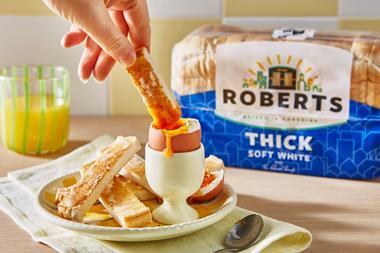The Waterford Blaa was awarded Protected Geographical Indication (PGI) yesterday (19 November) .
The fluffy white bread roll has been made in Waterford in Ireland since the 17th century, and can now only be made in the city using traditional methods.
According to its entry in the Official Journal of the European Union, Waterford bakers believe that when the Huguenots (members of the Protestant Reformed Church of France during the 16th and 17th century) introduced the ‘Waterford Blaa’/‘Blaa’ it was called ‘blaad’ or ‘blanc’, and as the product gained in popularity, the Huguenot bakers began making dough specifically for its manufacture. The ‘blaad’ or ‘blanc’ was later corrupted to ‘Blaa’, a name which exists to the present day.
The Blaa can be presented in two ways - crusty or soft - but it is clearly identified by the white floury top on the product. It is also identified by its irregular shape, chewy texture and malty flavour. It contains no preservatives and is made solely from strong bread flour, table salt, compressed yeast, dough conditioner and water.
In September 2011, British Baker reported that a group of bakers had submitted an application for PGI status, with only four craft bakers still producing the products in Waterford.
Dermot Walsh, co-owner of M&D Bakery in Waterford, and part of the group who submitted the application, said at the time: “These designations can be a good route to protecting traditional regional products from larger firms coming in and over-standardising them. It’s a great way of elevating products to a new level, as everyone is looking for point of difference and a way to get a premium for their products.”
To read about the details of the Blaa in the Official Journal of the European Union, click here.
































No comments yet